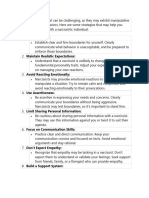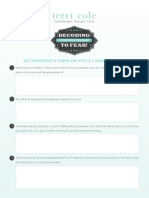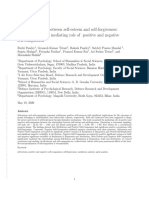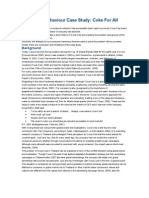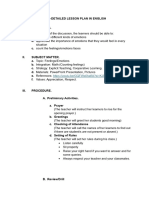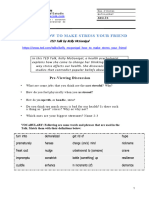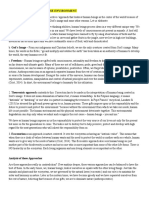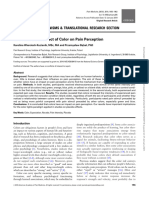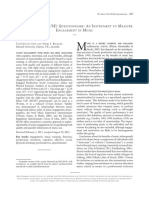0% found this document useful (0 votes)
69 views8 pagesDifferent Types of Anger Part 2
The document discusses various forms of anger, including assertive, behavioral, chronic, destructive, judgmental, and overwhelmed anger, highlighting their characteristics and potential impacts on relationships and mental health. It emphasizes the importance of understanding and managing anger through techniques such as compassionate reframing, which can transform anger into opportunities for connection and positive change. Additionally, it offers practical strategies for recognizing triggers, managing pre-anger states, and practicing self-care to mitigate anger responses.
Uploaded by
daniellehatchCopyright
© © All Rights Reserved
We take content rights seriously. If you suspect this is your content, claim it here.
Available Formats
Download as DOCX, PDF, TXT or read online on Scribd
0% found this document useful (0 votes)
69 views8 pagesDifferent Types of Anger Part 2
The document discusses various forms of anger, including assertive, behavioral, chronic, destructive, judgmental, and overwhelmed anger, highlighting their characteristics and potential impacts on relationships and mental health. It emphasizes the importance of understanding and managing anger through techniques such as compassionate reframing, which can transform anger into opportunities for connection and positive change. Additionally, it offers practical strategies for recognizing triggers, managing pre-anger states, and practicing self-care to mitigate anger responses.
Uploaded by
daniellehatchCopyright
© © All Rights Reserved
We take content rights seriously. If you suspect this is your content, claim it here.
Available Formats
Download as DOCX, PDF, TXT or read online on Scribd
/ 8



















